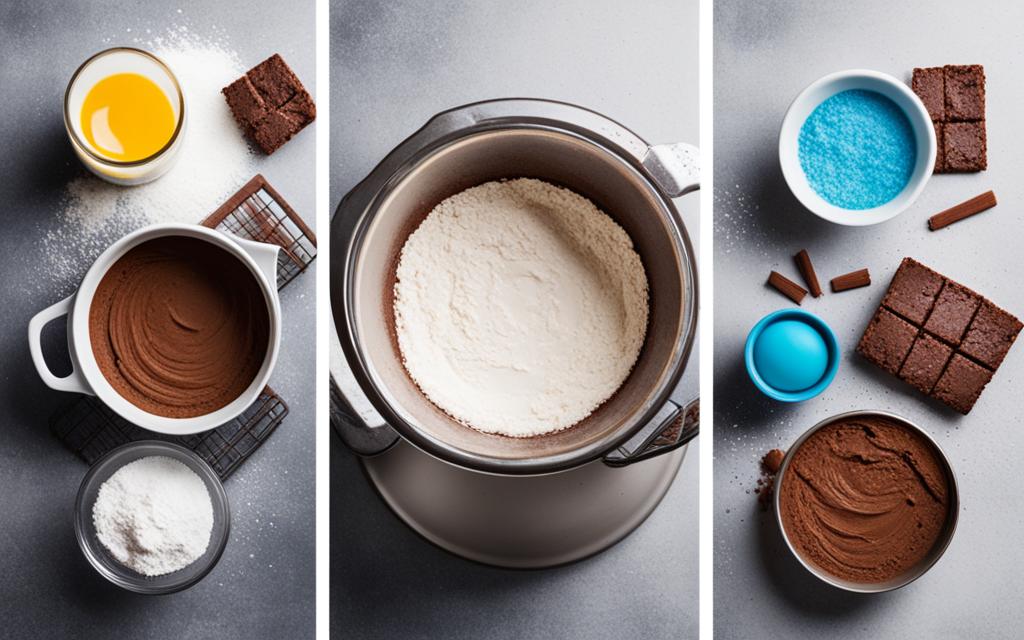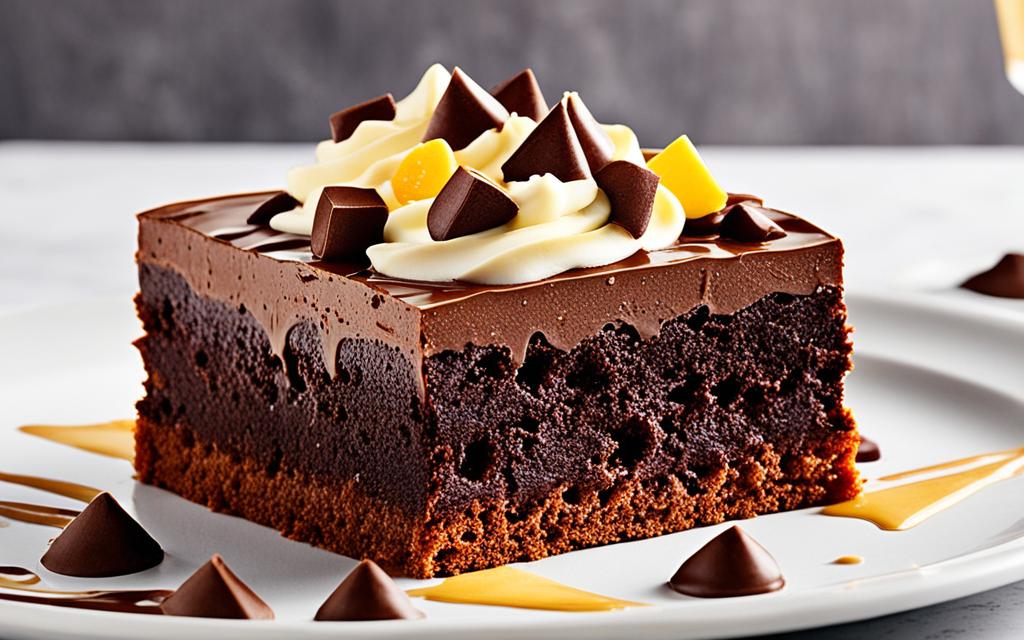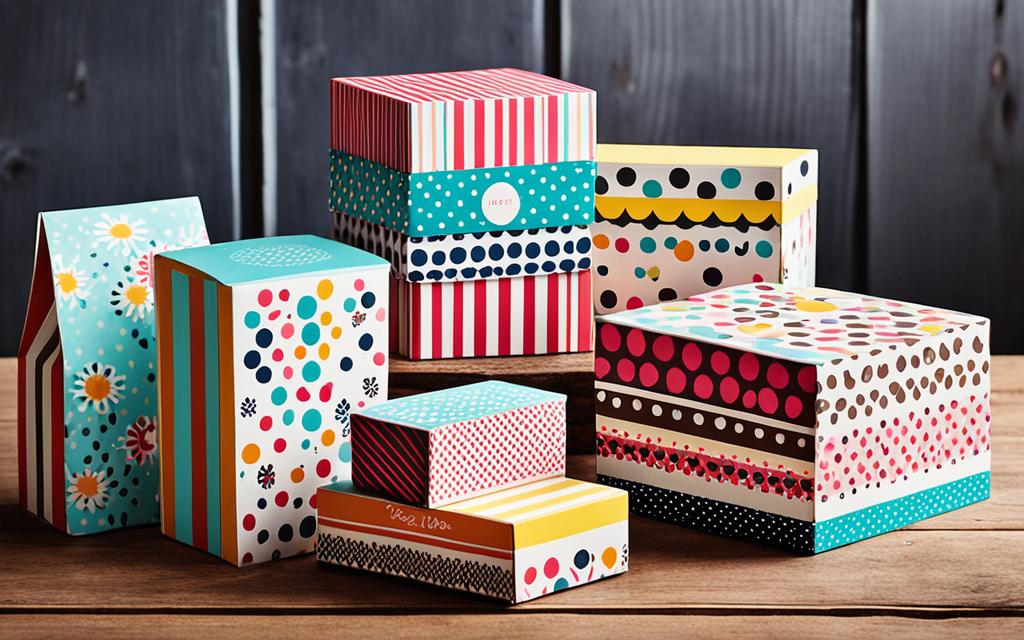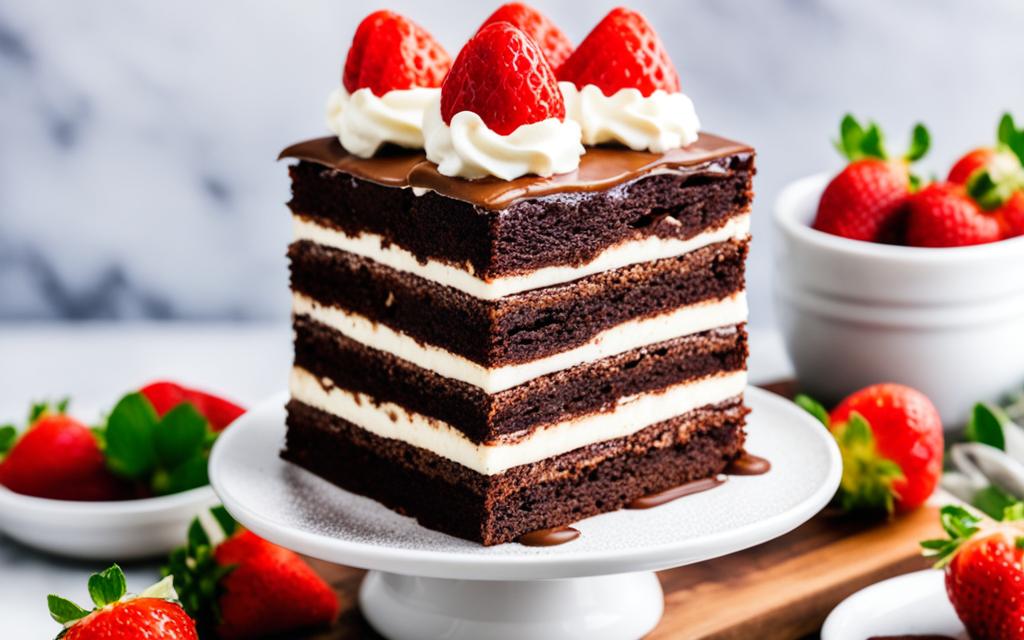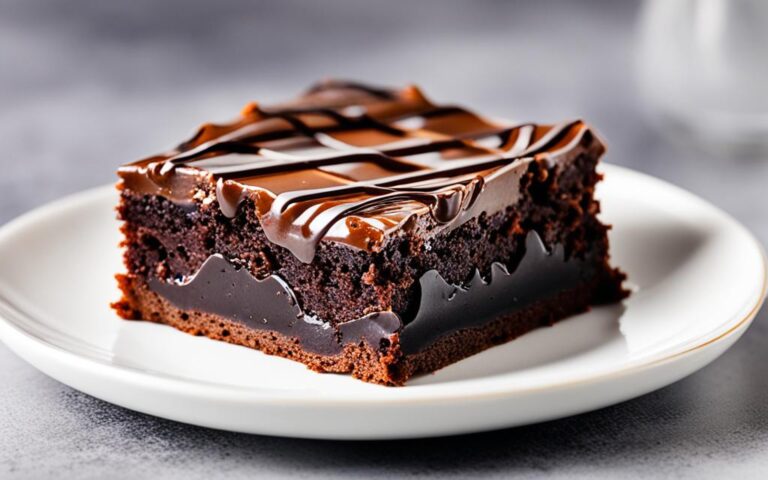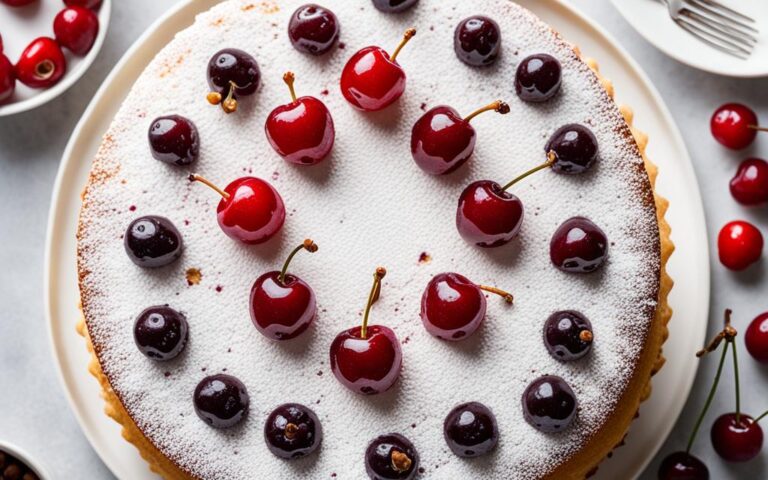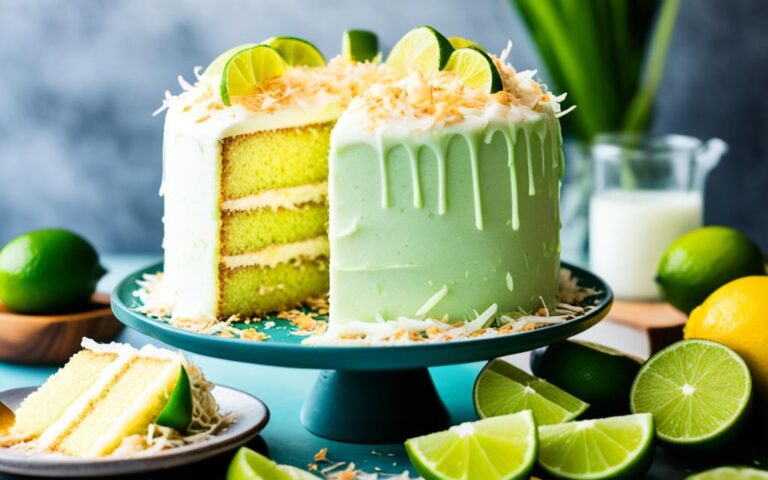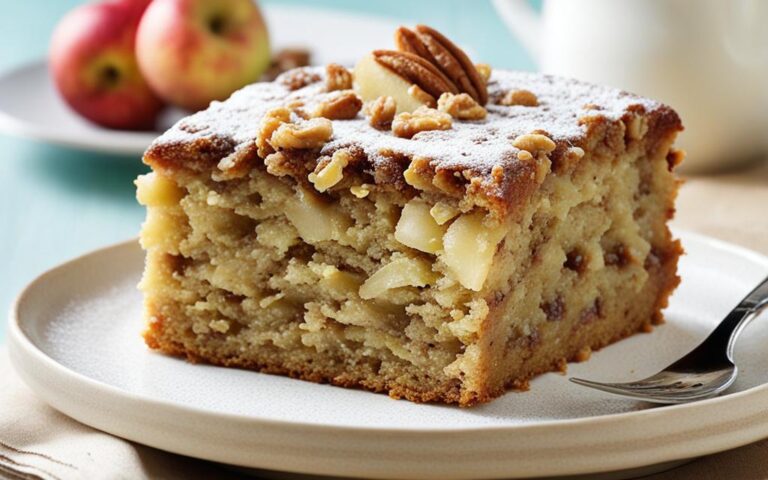The Brownie Story: History and Cultural Impact of a Baked Favorite
Brownies bring to mind rich, chocolatey flavors that thrill our senses. But, do you know how this treat started? And the mark it left on culture?
The legend of brownies mixes lore with real history. One story is about a woman in Bangor, Maine, who accidentally created them. She sliced a failed cake into small, chocolatey squares and served them. Another story credits a chef who mistakenly added chocolate to cookie dough, which birthed brownies. Yet, the most believed tale is from Chicago’s Palmer House Hotel in 1893.
In 1893 at the World Columbian Exhibition, Bertha Palmer asked for a portable cake-like treat. The chefs made a chocolate treat with walnuts and apricot sauce, the brownie. Fannie Farmer’s cookbook introduced the recipe in 1896.
Ever since, brownies have been loved worldwide due to their variety and adaptability. With new flavors and options like gluten-free and vegan, brownies suit everyone. From fudgy to cakey, there is a brownie for all tastes.
Brownies are now a symbol of special moments and simple pleasures. They bring happiness whether homemade or in fancy desserts. They have led to many variations like brownie ice cream and cookies, showing their broad appeal.
The brownie remains dear to many over the years. Every bite connects us to its deep cultural history. So, next time you enjoy a brownie, remember the joy and tradition it carries.
The American Love for Brownies: A Deep Dive into Chocolate and Domestic Science
The American brownie love story starts with chocolate in the British American colonies. Wealthy New England families in the late 17th and early 18th centuries enjoyed European-style hot chocolate. It was made in special chocolate pots with sugar, milk, or wine. Chocolate quickly became a colonial favorite.
By the mid-1700s, Benjamin Franklin believed chocolate could help treat smallpox. As more people wanted chocolate, some New Englanders started making it locally. This led to the first American chocolate mill opening in 1765. Chocolate’s availability grew with technology and the expansion of cacao plantations in Latin America, the Caribbean, and Africa, with the unfortunate use of slave labor.
The 19th century brought about chocolate bars and milk chocolate bars in America. Walter M. Lowney introduced the first American chocolate bars at the Columbian Exposition in 1893. Alongside these developments, domestic science educators and their books began to advocate for chocolate in baking. This helped popularize brownies as a favorite dessert treat.
Schools like the Boston Cooking School and influential individuals, such as Maria Parloa and Fannie Farmer, played a big part in pushing brownies into the mainstream. They worked with chocolate manufacturers and included brownie recipes in their cookbooks. As domestic science and chocolate became more available, brownies grew beloved across the United States.
Conclusion
The true story behind the name “brownies” for these sweet treats is a mystery. It could come from the dessert’s dark brown color. Or it might be from the playful “brownies” in the 1926 book “Enid Blyton’s Book of Brownies.”
Brownies are now a key part of baking around the world. People love them for many reasons. They can be made in lots of flavors, textures, and even to fit different diets.
Warm from the oven or chilled, they always bring joy. Brownies are a favorite worldwide, loved by both the young and the old. They symbolize happiness and fun in many cultures.
They are more than just a dessert. Brownies bring people together, no matter where they are from. Their sweet taste is loved by all. This makes them an iconic treat of shared happiness.
Brownies hold a special place in our hearts, reminding us of happy times. They help make sweet memories that last forever. Their origin might be simple, but their impact is huge. Brownies are a delight for everyone, no matter their background.
FAQ
What are brownies?
Brownies are known all over the world, loved by many as a delicious dessert. They’re a kind of chocolate treat, soft and dense or light and fluffy. Usually, they’re made with melted chocolate, sugar, flour, eggs, and butter.
What is the origin story of brownies?
The history of brownies has a few different stories. One tells of a woman in Bangor, Maine. She made a flat cake by mistake and then cut it into small pieces. This was the start of a new dessert.
Another story is about a chef who mixed melted chocolate into cookie dough. It turned into a tasty accident. But, most people believe that chefs at Chicago’s Palmer House Hotel created the first brownie. They made it for the World Columbian Exhibition in 1893.
How did brownies become popular in America?
Chocolate was well liked in the British colonies in America. It became more popular as time went on, with the first chocolate mill in the U.S. opening in 1765. By the 19th century, chocolate bars and milk chocolate were available.
Domestic science teachers and cookbooks started to include chocolate in recipes. This helped brownies grow in popularity as a sweet treat.
Where did the name “brownies” come from?
The name “brownies” for these chocolate treats has unclear origins. Some think it’s because of their brown color. Others believe it might come from a book about three little “brownies” published in 1926.
What makes brownies popular?
Brownies are now a key part of baking culture because they’re yummy and easy to make. They come in many forms, like chewy or soft, and you can tweak the recipe for different diets. Plus, they’re loved by everyone, from kids to adults, eaten warm or cool.

